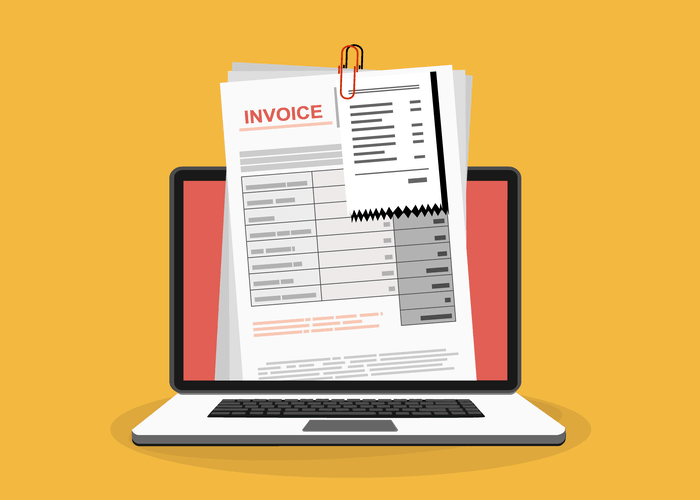
HBS Online does not use race, gender, ethnicity, or any protected class as criteria for admissions for any HBS Online program. Our easy online application is free, and no special documentation is required. All participants must be at least 18 years of age, proficient in English, and committed to learning and engaging with fellow participants throughout the program. HBS Online does not use race, gender, ethnicity, or any protected class as criteria for enrollment for any HBS Online program. Our easy online enrollment form is free, and no special documentation is required.

#3. Determine The Benefits

On the other hand, if the costs outweigh the benefits, then business leaders know it may not be the best route to take and they can look for alternatives. Of course, cost-benefit analysis has limitations that deserve transparency too. Precisely projecting all variables years out can prove difficult, raising risk that hypotheticals skew off base. But there tends to be five vital steps (or variations of these steps) that most will follow when carrying out the analysis. A cost-benefit analysis requires substantial research across all costs, including unpredictable ones, and a thorough understanding of expense types and characteristics. This extensive research strengthens the findings and supports strategic planning efforts.
The Cost-Benefit Analysis Process
Cost-benefit analysis assists organizations in navigating through various choices, weighing the pros and cons, and choosing the best course of action. Thus, businesses can make smart, data-driven decisions that help them balance cost & benefit to maximize profitability. Once every cost and benefit has a dollar amount next to it (even if it’s just an estimate), the decision-makers can properly tally up each list and compare the two.
- These costs are linked as a consequence of the project, but they are not directly related to it.
- The discount rate takes into account the opportunity cost of capital (money you could make if you used your funds elsewhere) or the expected rate of return.
- Thus, the analysis will make it easy for you to determine whether your investment makes sense from a business perspective.
- Making sure that each cost and benefit list is as comprehensive as possible is crucial to ensure the calculation is accurate.
- The remaining steps of the analytical process will be guided by these goals.
- It is important to take into account other elements, including influence on stakeholders, risk tolerance, and strategic fit.
Determine the Benefits
Cost-benefit analysis come in handy when your business juggles different priorities with limited resources. But before diving in, make sure everyone understands if the cost-benefit analysis will focus on short-, mid-, or long-term impacts. The farther into the future you assets = liabilities + equity analyse, the trickier it gets to predict costs and benefits accurately. Through this process, the cost-benefit analysis is a valuable tool for Rachel to make informed decisions about resource allocation and business strategy. This approach computes the present worth of future cash flows by adjusting them to today’s value and subtracting the initial investment. It assists in establishing the total profitability of a project or decision, offering a precise depiction of the project’s worth in current dollar terms.
Marketing and Advertising Campaigns:

The city’s goal would be to tally up all the costs of this decision and subtract that amount from the total projected benefits of their decision. If the city found that the projected benefits of constructing the park outweigh the costs, the policymakers would likely argue that the decision is a good one to make. Some costs and benefits are easy to assign a monetary value, like calculating a new hire’s salary or the yearly cost of purchasing a new software tool. However, other aspects are less obvious and require more thought, like quantifying the time spent on employee training, which might otherwise be used for productive work.

Also, overlooking the impact on employee well-being and productivity can lead to increased burnout and decreased morale. Poorly informed decisions may also hinder the company’s ability to allocate resources effectively, delaying critical projects and inhibiting growth opportunities. In risk assessment, cost-benefit analysis helps organizations evaluate the cost-effectiveness of risk mitigation strategies. It allows them to allocate resources efficiently to minimize potential losses while maximizing benefits. When it comes to hiring a new employee, your business should approach the decision with careful consideration.
- Embarking on the intricate journey of financial decision-making frequently necessitates the use of a pivotal instrument – cost-benefit analysis.
- In most cases, business owners opt for converting these metrics into economic value since that’s typically the easiest way to understand and compare.
- While it traditionally focuses on financial metrics, it can also incorporate aspects such as environmental impact, social effects or customer satisfaction.
- Cost benefit analysis is important, first and foremost, because it allows businesses to evaluate the desirability of opportunities based on objective data.
- Sometimes, you can simply calculate the cost-benefit output by avoiding complex calculations by skipping the NPV, benefit-cost ratio, discount rates, and sensitivity analysis.
- For example, market research can begin with simply checking industry outlooks.
Infrastructure Projects:
When making big decisions that could significantly impact your business and clients, using the cost-benefit analysis process is almost always a great path. If your perceived the main goal of using a cost-benefit analysis is to reach a benefit is a more positive reaction from your customers, you need to accurately translate those benefits into monetary value to perform a cost-benefit analysis. CBA is especially valuable in these scenarios, helping decision-makers make informed choices about resource allocation, policy formulation, and project viability.
- Besides his extensive derivative trading expertise, Adam is an expert in economics and behavioral finance.
- The firm decides to use a 5-year time frame to compare the outcomes of this project.
- ProjectManager is award-winning project management software with the tools you need to realize the potential of your project.
- Certain types of accounting software and EPM software solutions have features that can be used to estimate the effects of less tangible costs and benefits.
- Our mission is to empower you with practical tips, insightful articles, and innovative tools to help you unlock your full potential.
- Bruce did some market research and found that most buyers are interested in modern bookstores that include technology, like e-readers.
Cost benefit analysis is a systematic approach to evaluating the pros and cons of a given decision, project, or investment. It takes a hard look at the total impact—and total costs—of a given decision and draws conclusions Bookkeeping for Chiropractors on the best course of action, based on the data. Some costs and benefits are certain, while others are not (e.g., rent versus productivity levels). We should run various potential value scenarios to account for uncertainties. These scenarios are more likely to affect benefits since they are harder to quantify. These scenarios should be taken into account while planning and making decisions or starting projects.

